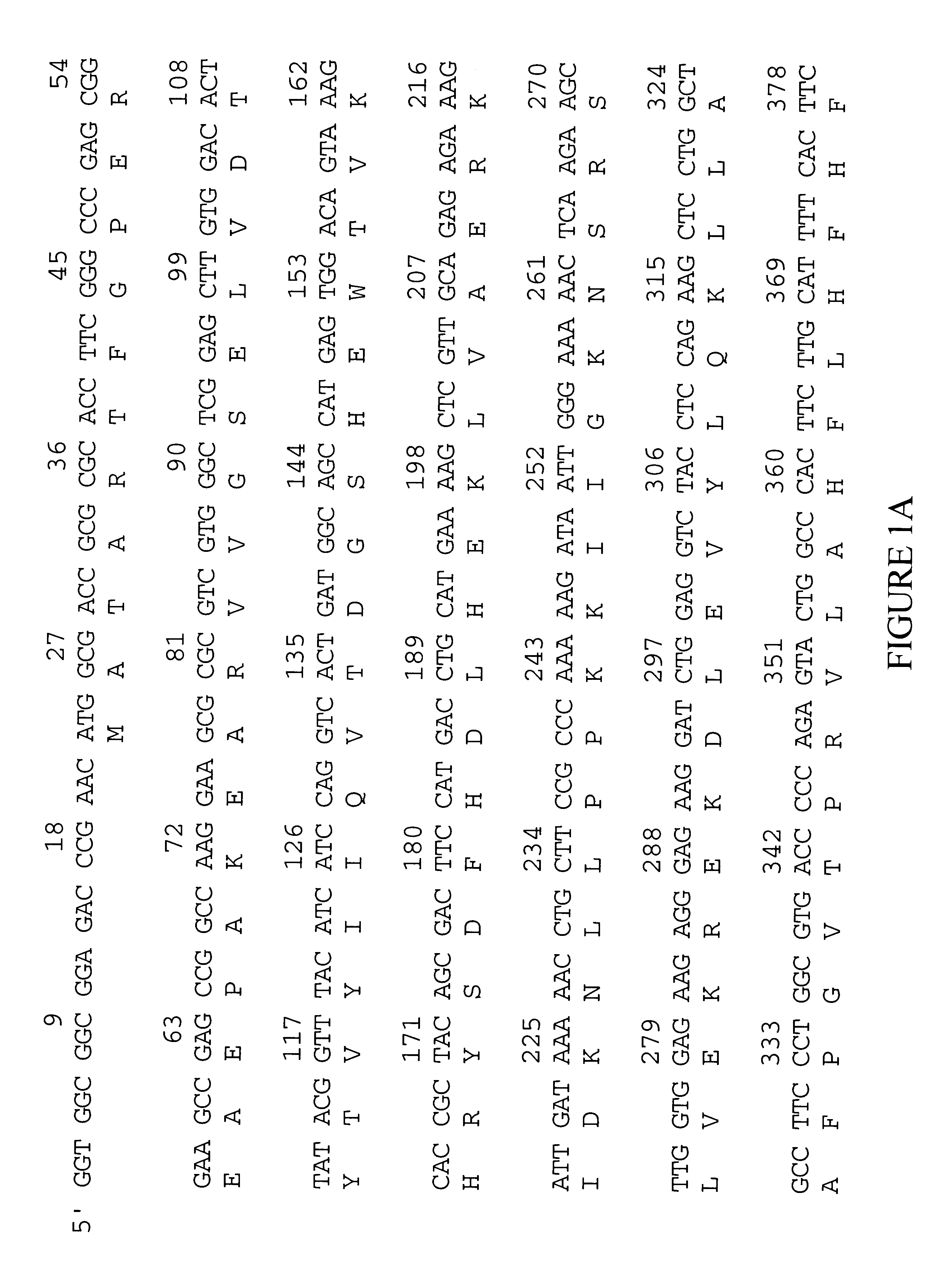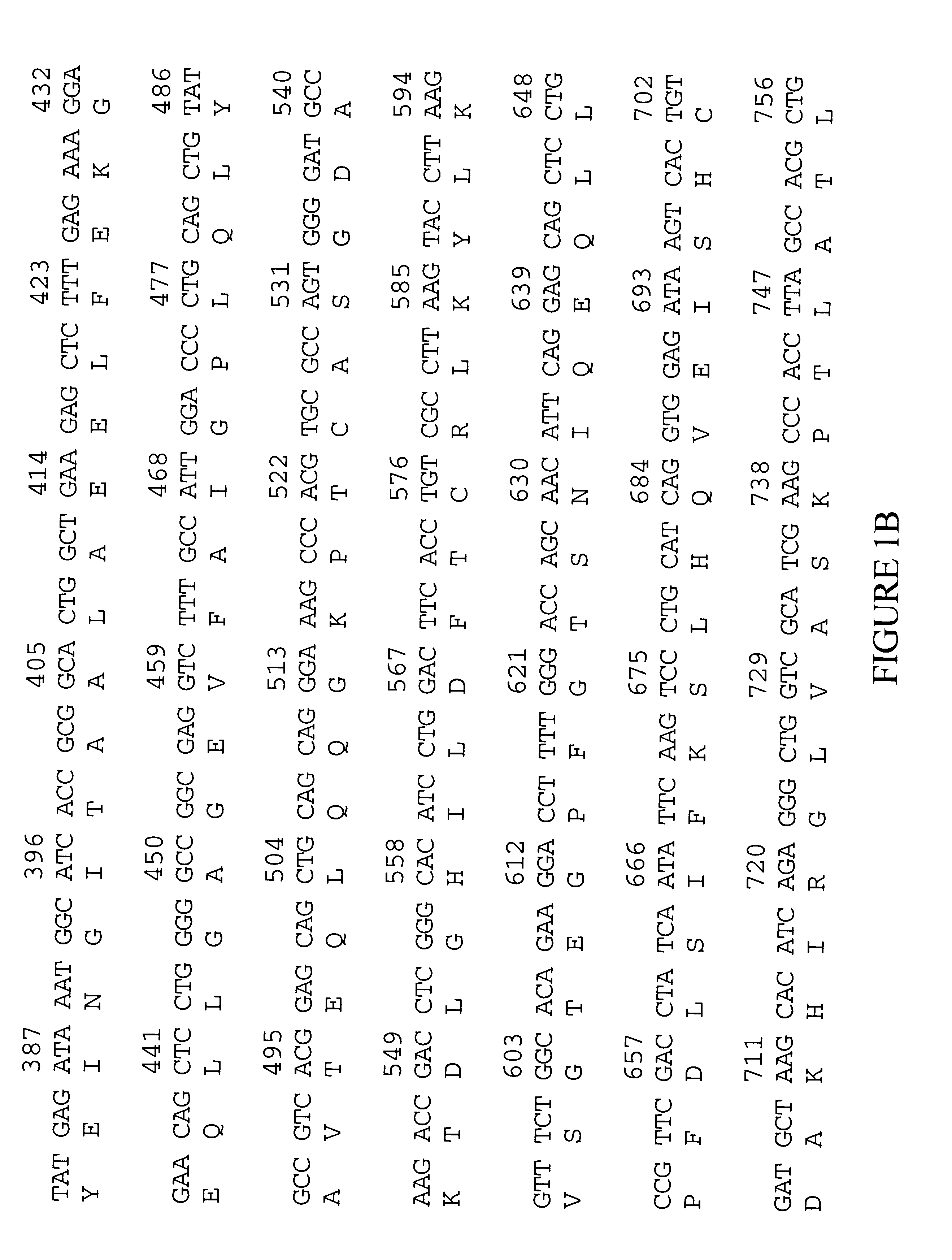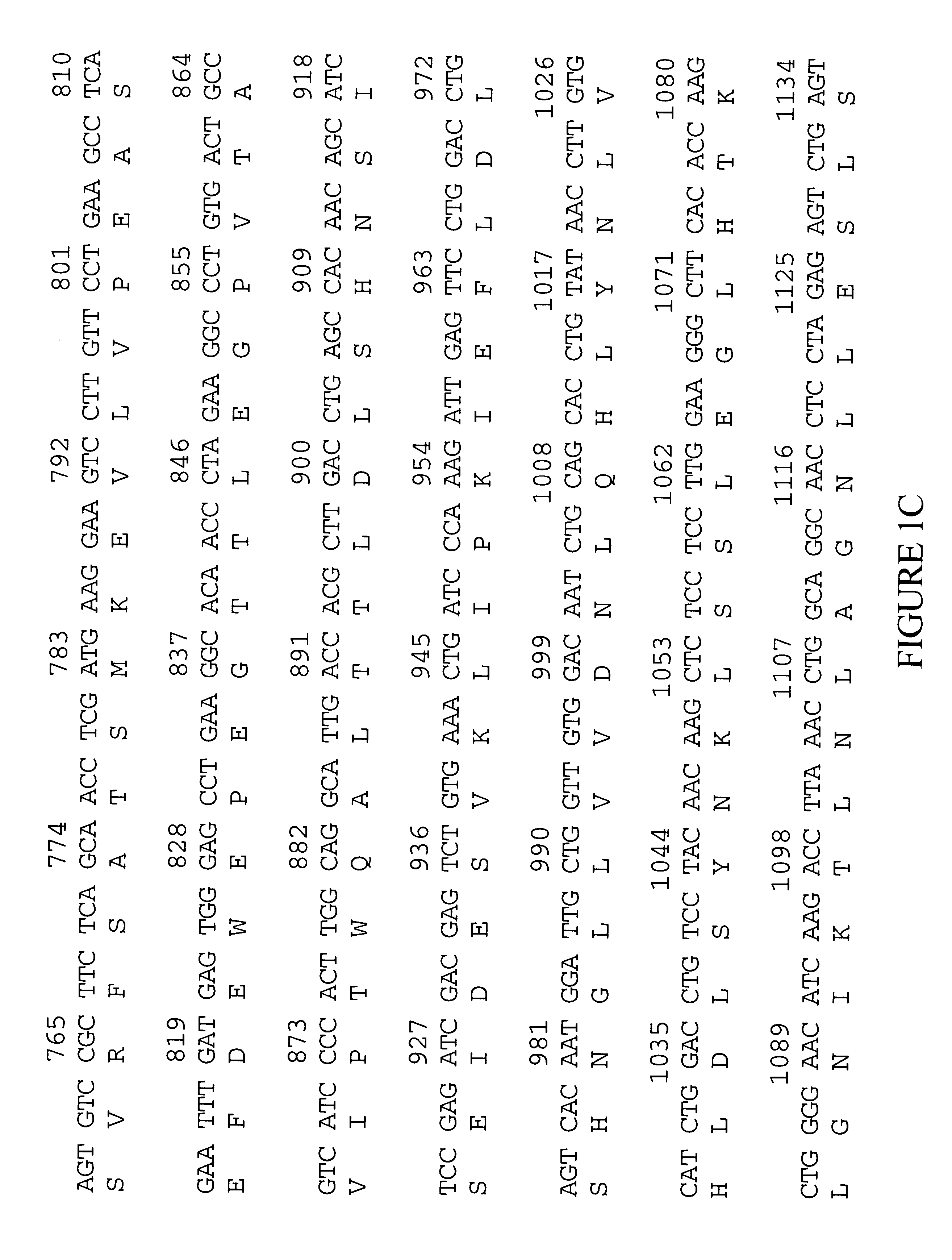Mammalian imidazoline receptor
a technology of imidazoline and receptor, which is applied in the field of mammalian imidazoline receptor, can solve the problems of high side effects, chronic heart failure, and up to a 50 percent non-compliance rate, and achieve the effect of abundant reference toxicology and low cos
- Summary
- Abstract
- Description
- Claims
- Application Information
AI Technical Summary
Benefits of technology
Problems solved by technology
Method used
Image
Examples
examples
It is to be understood that this invention is not limited to the particular machines, materials and methods described. Although particular embodiments are described, equivalent embodiments may be used to practice the invention. The described embodiments are not intended to limit the scope of the invention which is limited only by the appended claims. The examples below are provided to illustrate the subject invention and are not included for the purpose of limiting the invention. For purposes of example, preparation of the human kidney cDNA library, KIDNNOT20, is described.
I Representative cDNA Sequence Preparation
The human kidney cDNA library KIDNNOT20 was constructed from tissue obtained from a 43-year-old Caucasian male during nephroureterectomy and unilateral left adrenalectomy. The frozen tissue was homogenized and lysed in TRIZOL reagent (1 g tissue / 10 ml TRIZOL; Life Technologies), a monophasic solution of phenol and guanidine isothiocyanate, using a POLYTRON homogenizer (PT-...
PUM
| Property | Measurement | Unit |
|---|---|---|
| temperatures | aaaaa | aaaaa |
| pH | aaaaa | aaaaa |
| v/v | aaaaa | aaaaa |
Abstract
Description
Claims
Application Information
 Login to View More
Login to View More - R&D
- Intellectual Property
- Life Sciences
- Materials
- Tech Scout
- Unparalleled Data Quality
- Higher Quality Content
- 60% Fewer Hallucinations
Browse by: Latest US Patents, China's latest patents, Technical Efficacy Thesaurus, Application Domain, Technology Topic, Popular Technical Reports.
© 2025 PatSnap. All rights reserved.Legal|Privacy policy|Modern Slavery Act Transparency Statement|Sitemap|About US| Contact US: help@patsnap.com



